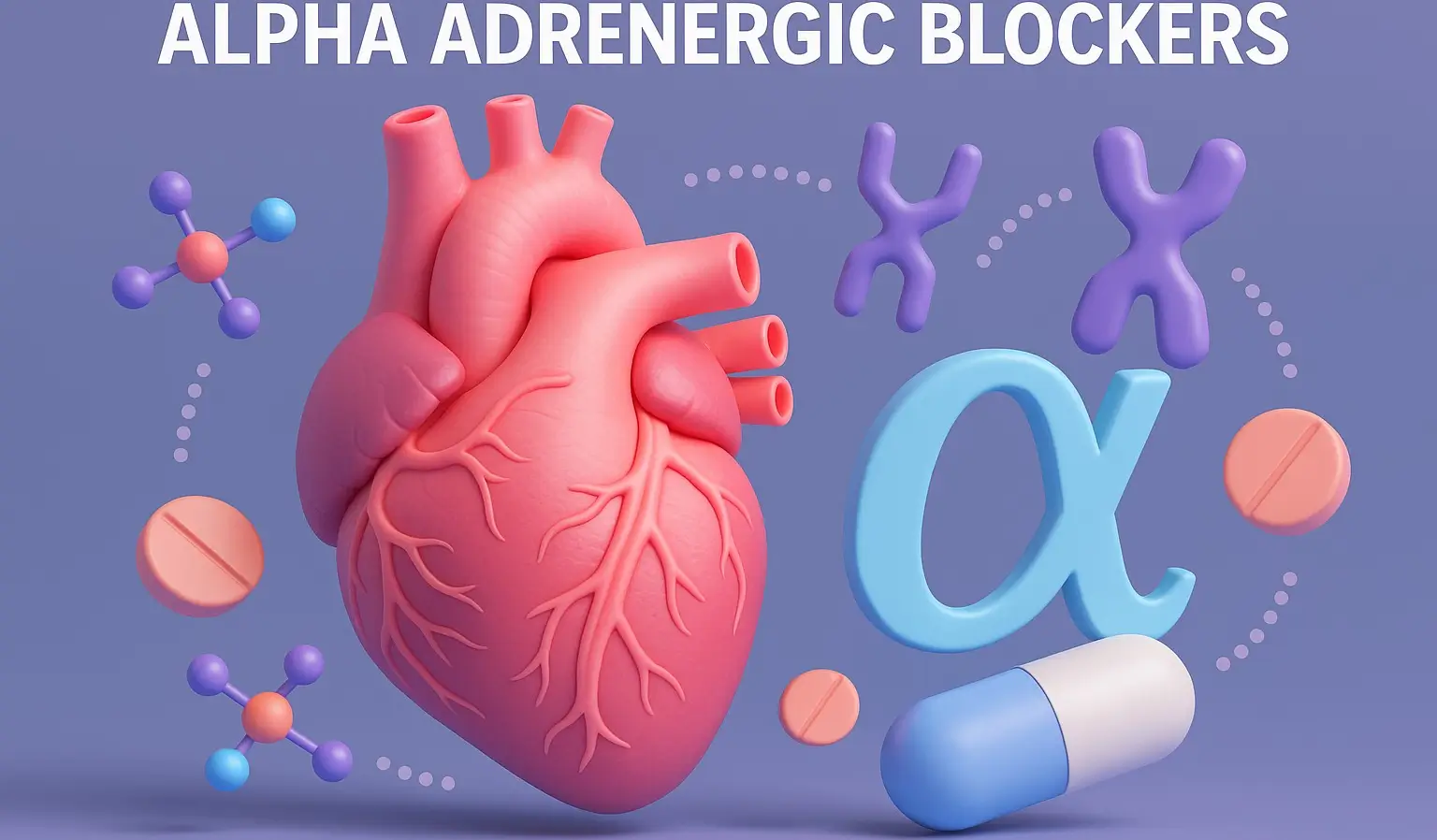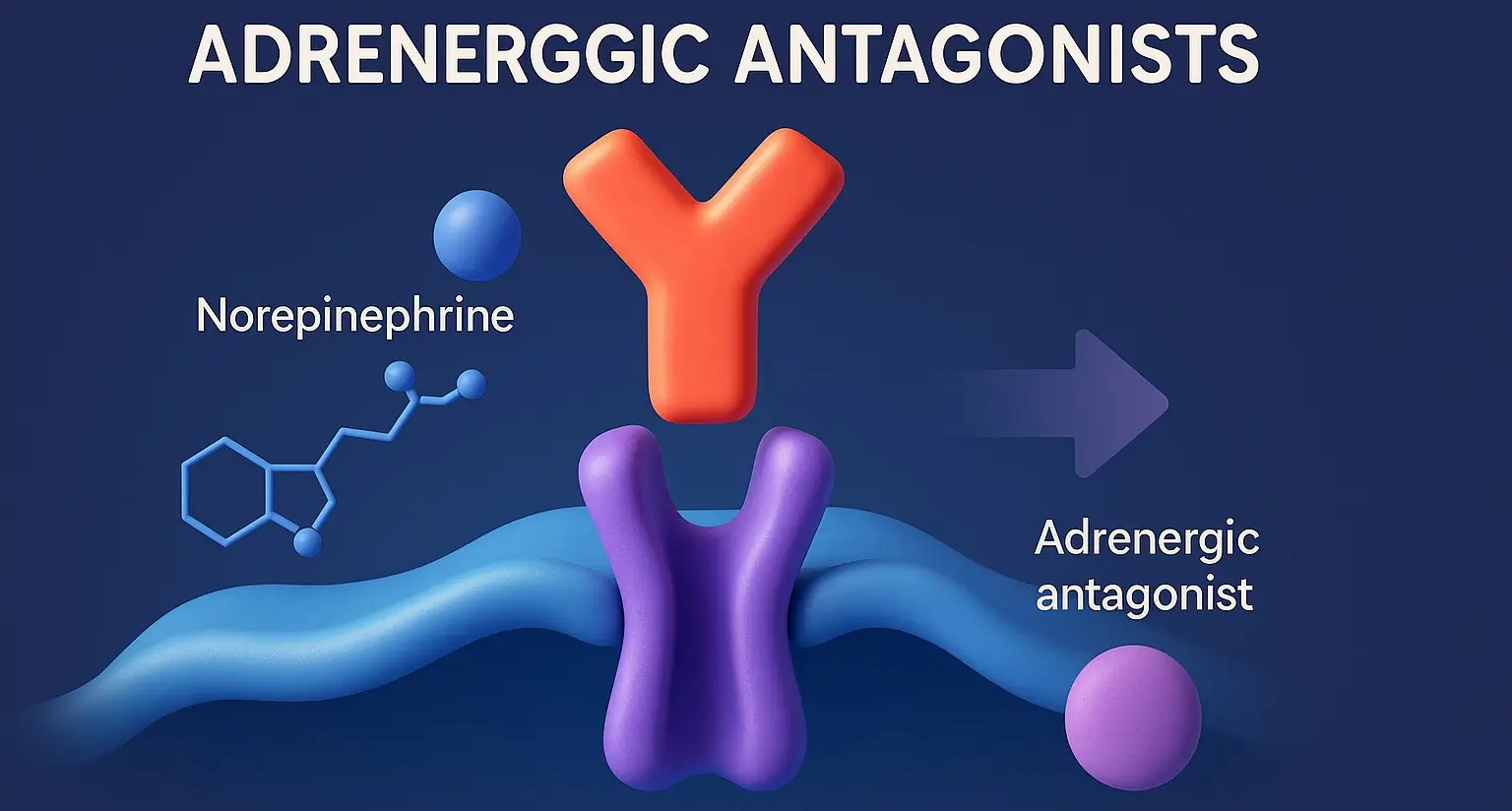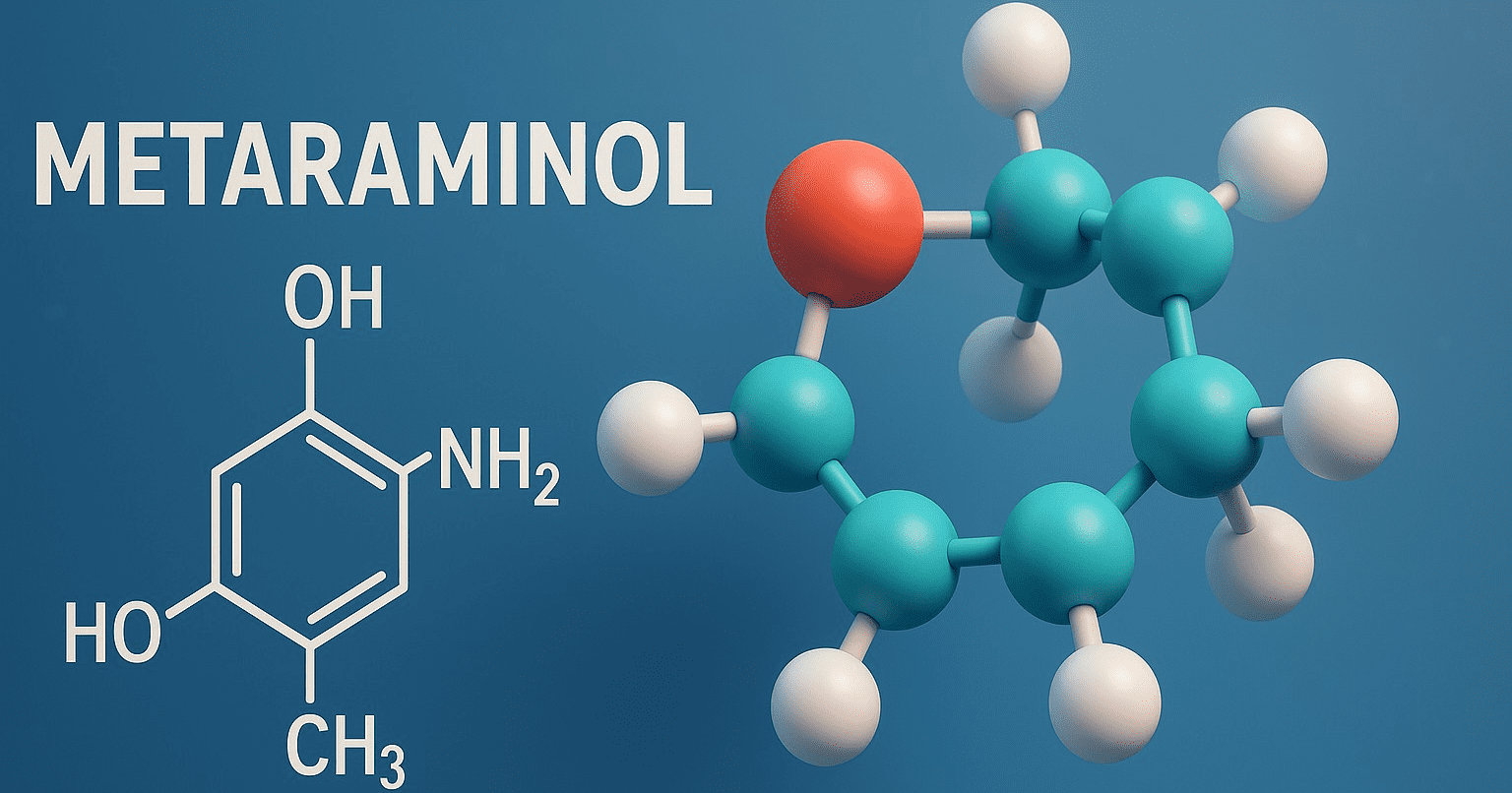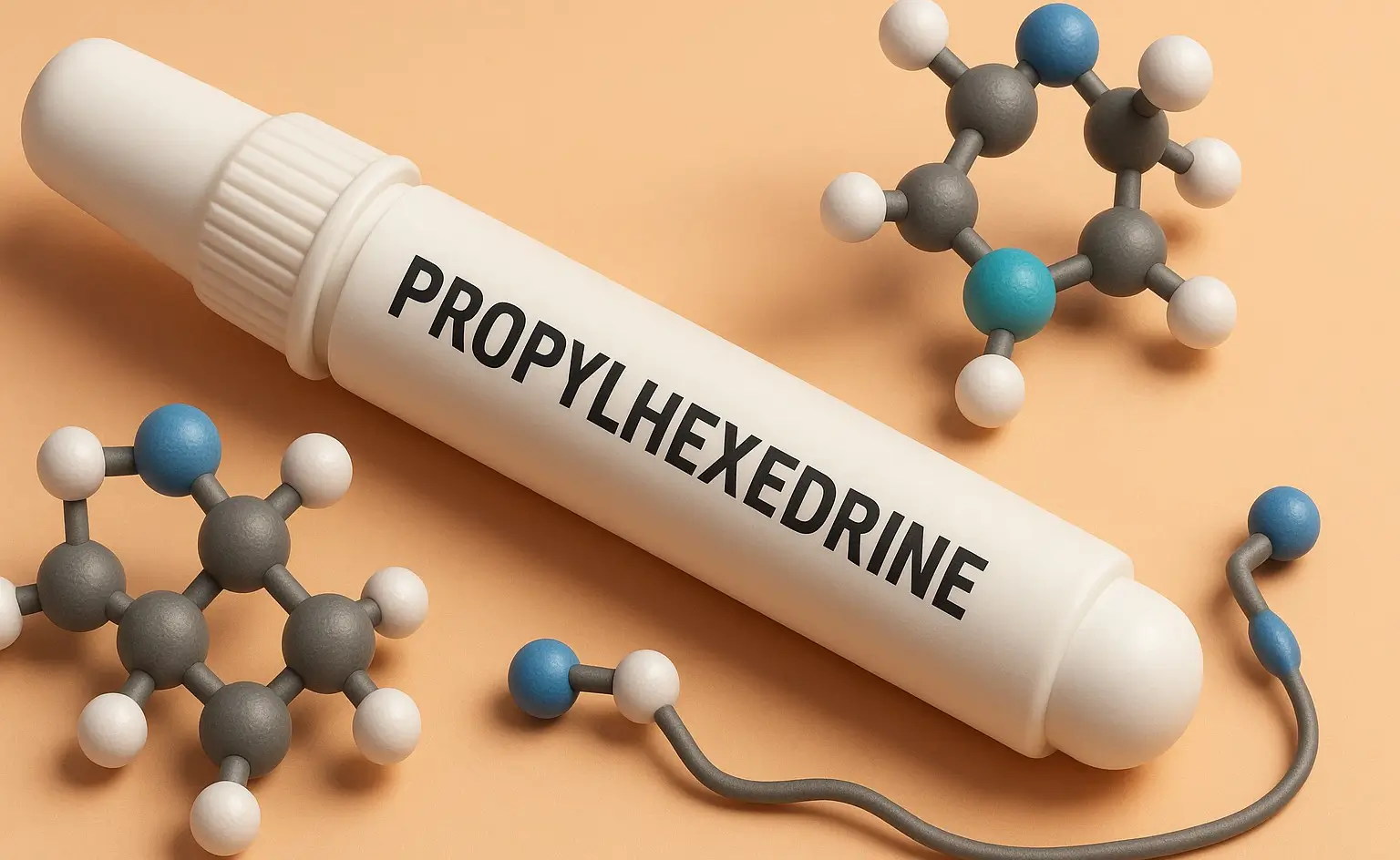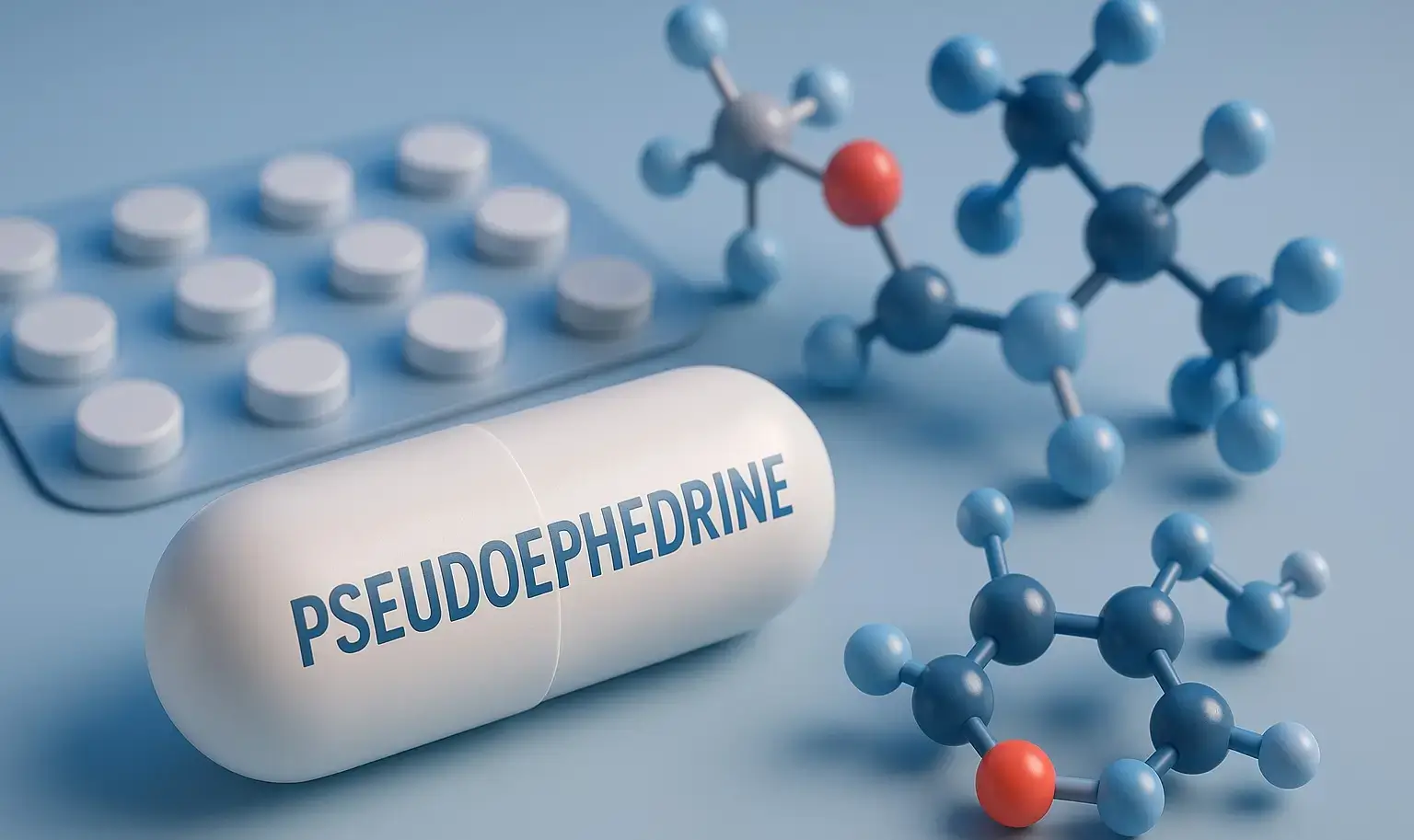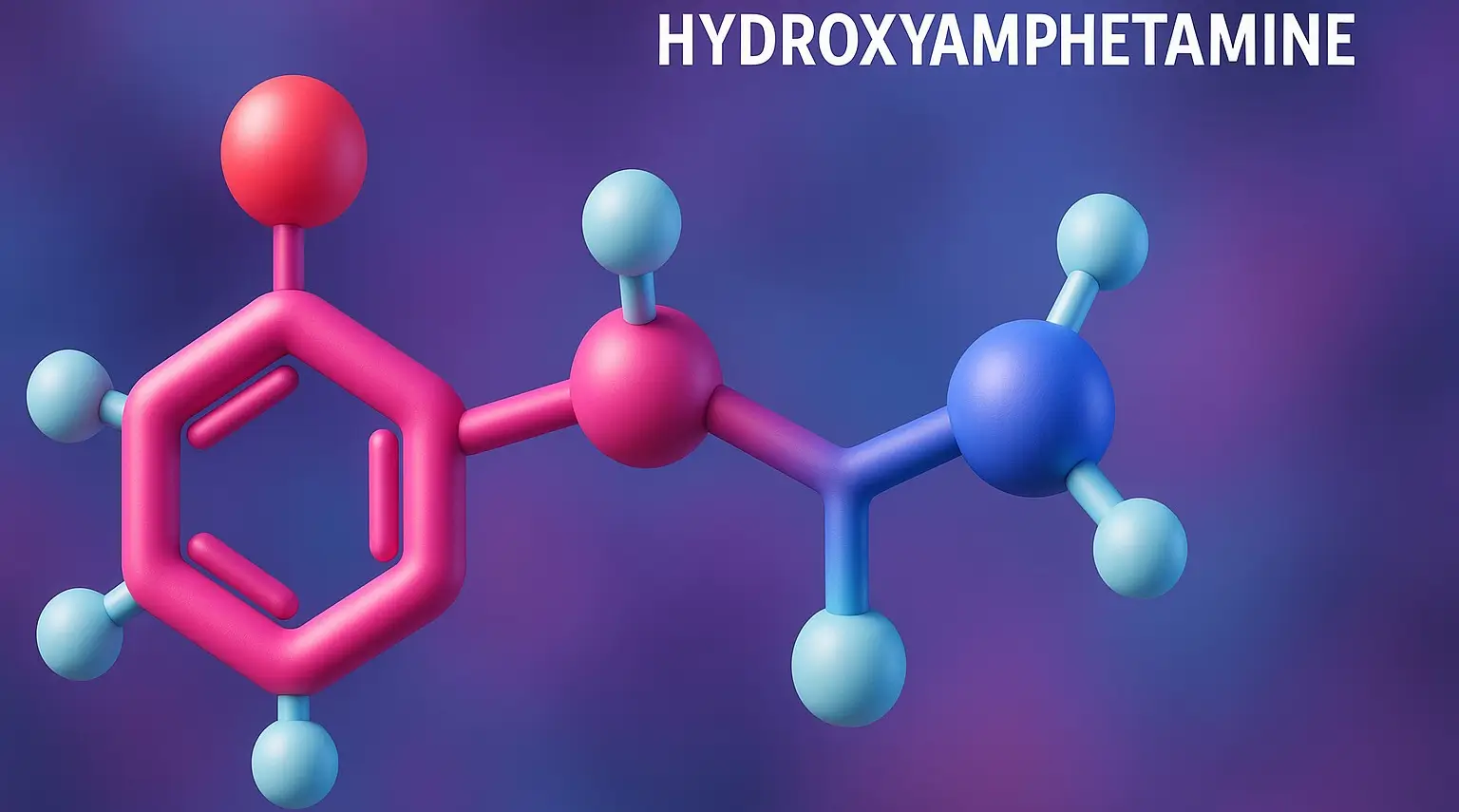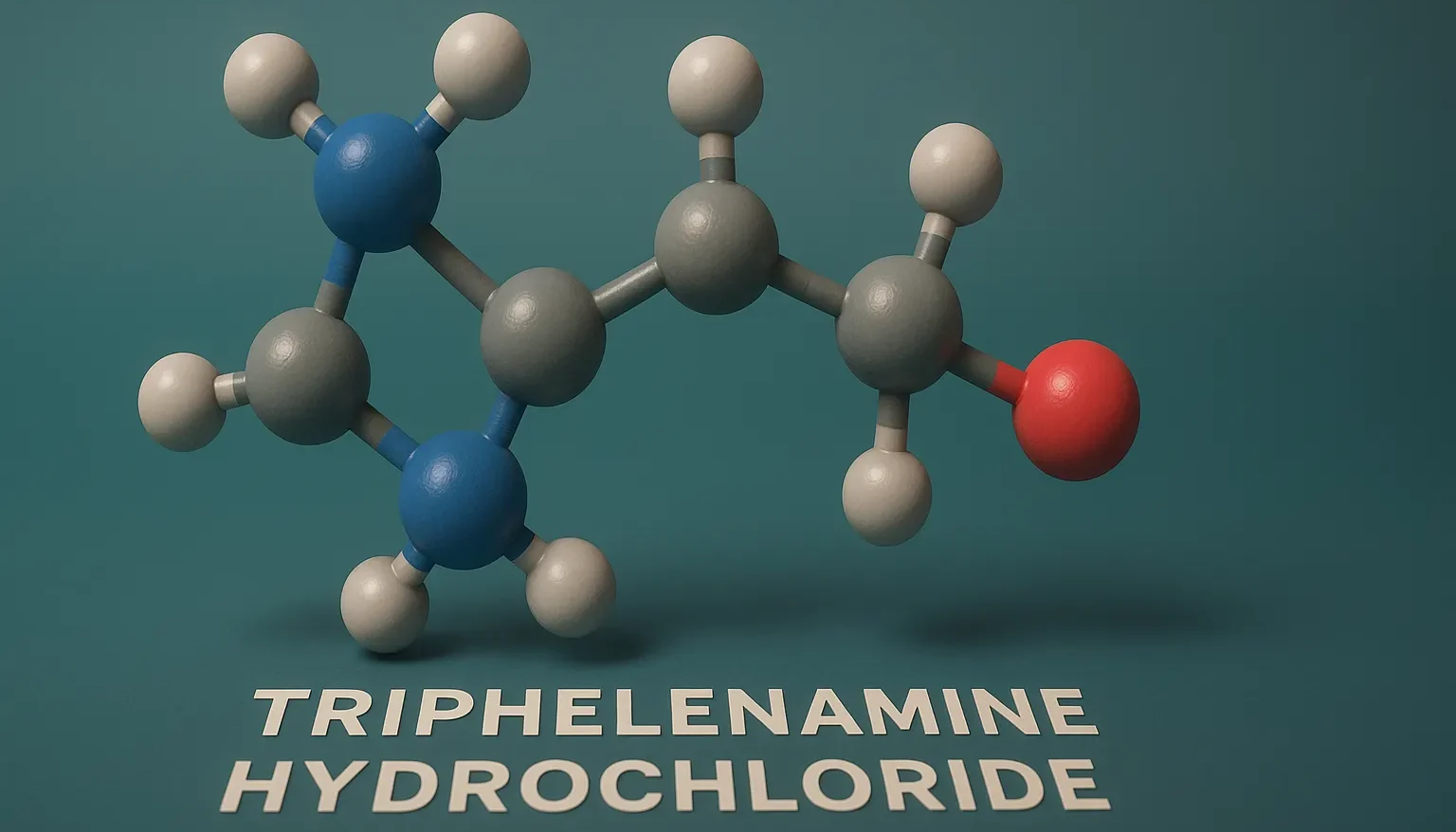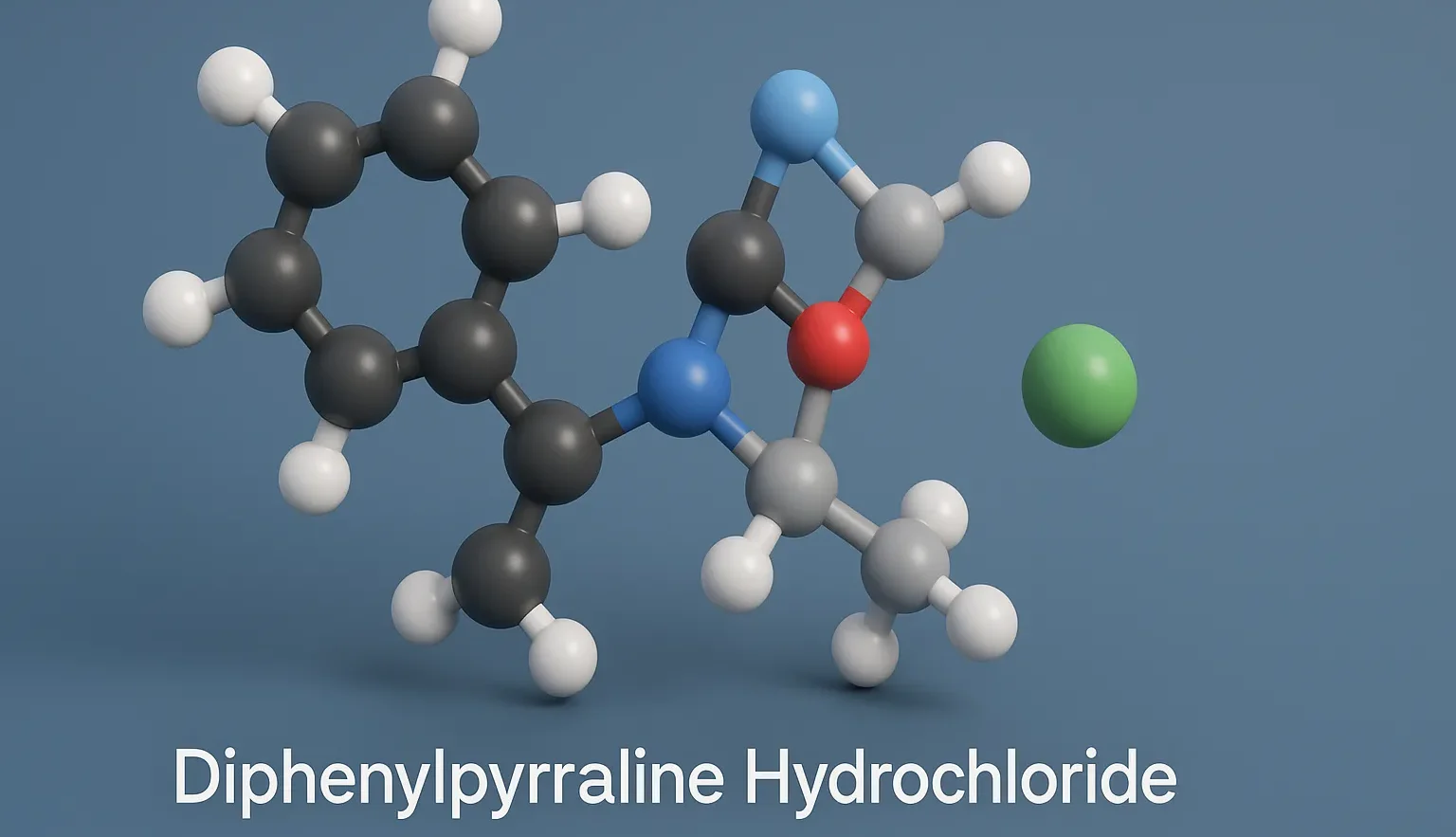Alpha Adrenergic Blockers
Alpha Adrenergic Blockers inhibit the activation of alpha-adrenergic receptors (α1 and α2), leading to vasodilation and decreased blood pressure. These drugs are commonly used for Alpha Adrenergic Blockers conditions such as hypertension, pheochromocytoma, and benign prostatic hyperplasia (BPH). Classification: Alpha blockers are classified into non-selective and selective types: Non-Selective (α1 and α2 blockers) These block … Read more

